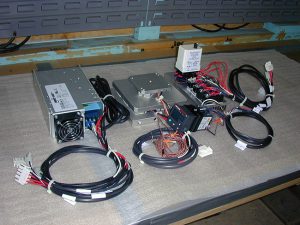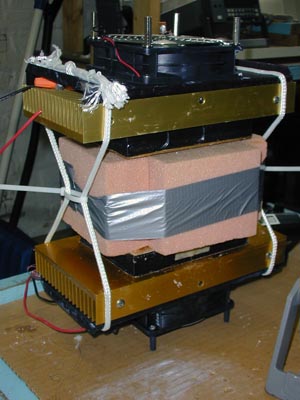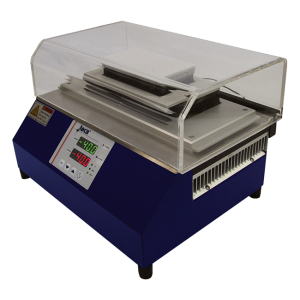Introducing TECA’s newest cold plate product, the AHP-301CAS:
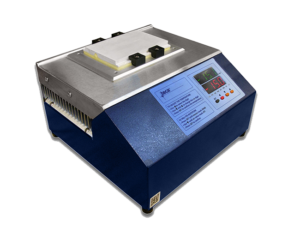 What is a cascaded cold plate? It is a system of multiple layers- each cascade layer acts as a heat sink for the layer above it. This creates colder temperatures at the top layer, colder than what could be accomplished with a single cold plate. TECA has introduced a new product to its stable of cascaded cold plate systems. The AHP-301CAS is a two-stage cascade system and in a 25degC Ambient environment, the AHP-301CAS can reach as low as -35degC.
What is a cascaded cold plate? It is a system of multiple layers- each cascade layer acts as a heat sink for the layer above it. This creates colder temperatures at the top layer, colder than what could be accomplished with a single cold plate. TECA has introduced a new product to its stable of cascaded cold plate systems. The AHP-301CAS is a two-stage cascade system and in a 25degC Ambient environment, the AHP-301CAS can reach as low as -35degC.
For even lower temperatures, TECA has long offered larger 2-stage and 3-stage cascaded systems. However, we recognized a need for a simpler, less expensive cascade solution. Some industrial and laboratory applications do not require as low as -76degC below delta-T for example (see model AHP-1200C31). Our standard single cold plates can reach a range of -10 to -15degC. The new AHP-301CAS is a ‘goldilocks’ cascade system; colder than usual but not more than is needed. The AHP-301CAS is priced 20% less than the next larger cascade and is half the price of our most powerful cascaded system.
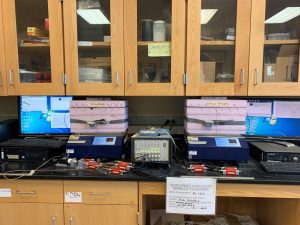 A large state university in the U.S. has been using a collection of several TECA Model AHP-1200CAS Cascaded Cold/Hot Plates for years, to perform various research on the characteristics of cement paste samples.
A large state university in the U.S. has been using a collection of several TECA Model AHP-1200CAS Cascaded Cold/Hot Plates for years, to perform various research on the characteristics of cement paste samples.